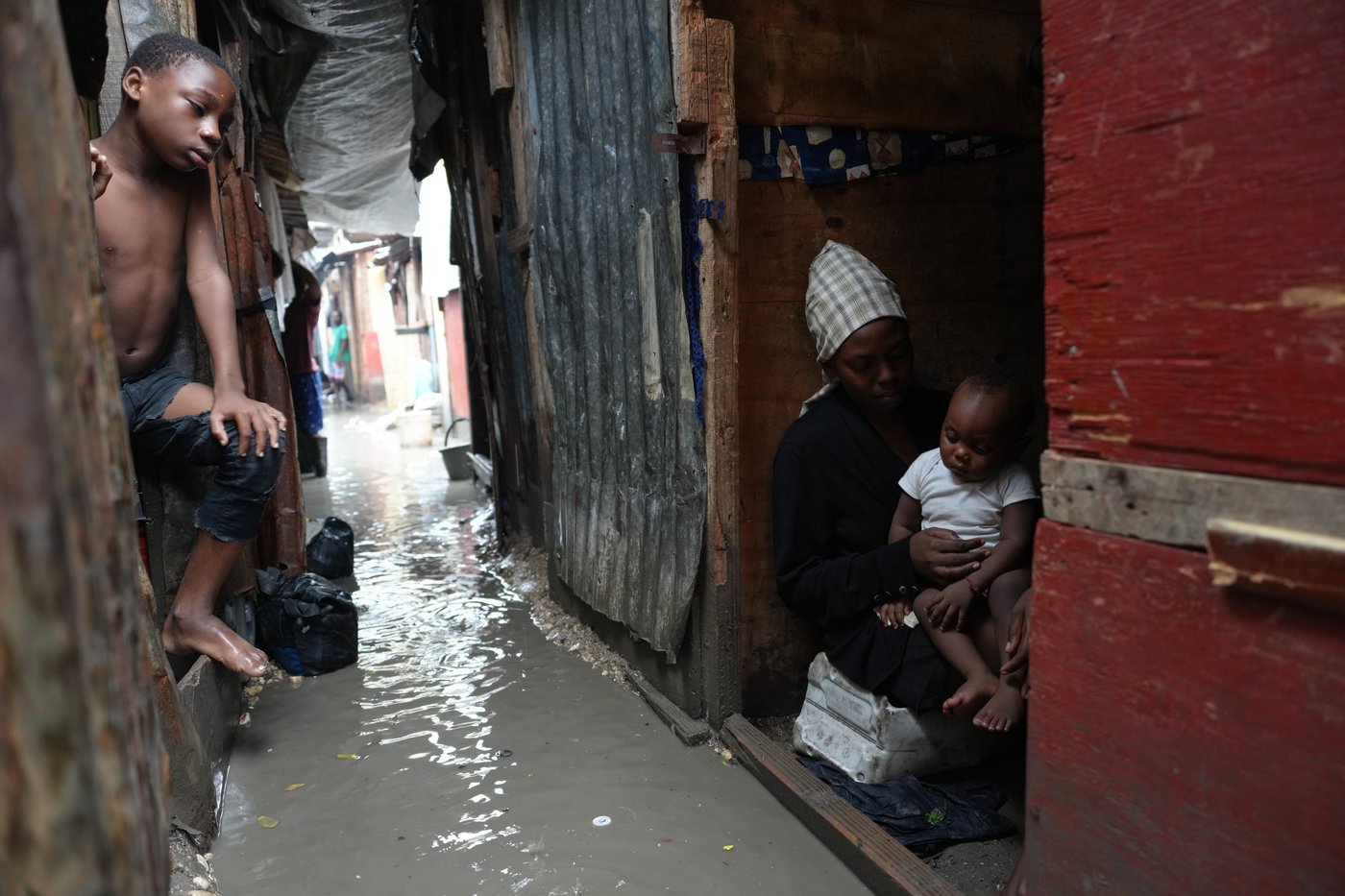Ottawa cutting foreign aid and research spending back to pre-pandemic level

OTTAWA — The Carney government laid out plan to cut the foreign aid budget to a level in line with Canada’s pre-pandemic allocations — despite promising during the election not to cut back aid.
Tuesday’s budget forecasts $2.7 billion in cuts over four years, which will affect things like global health projects. Ottawa is also withdrawing some support for a world-renowned aid research centre.
The government has not stated the size of this year’s aid budget and aid groups say Canada is pulling back from its strengths on the global stage.
“There will be reductions in development funding to global health programming, where Canada’s contribution has grown disproportionately relative to other similar economies,” the budget document says.
It’s not clear where the aid cuts will land. The budget talks of “leveraging innovative tools, while focusing support for countries that need it the most” and rejigging existing agreements with specific countries.
The budget also says Canada will cut funding “to some international financial institutions” while finding ways that “Canada’s contributions can be leveraged further.”
Canada spent $6 billion on aid in the last reported fiscal year ending in March 2024, along with $2.6 billion for international financial assistance such as loans for Ukraine. Total spending on all aid-related files — including support for refugees in Canada and development grants — came to $12.3 billion in the last reported fiscal year.
Ottawa increased its development and humanitarian spending during the pandemic, in part to restore stalled progress on fighting major illnesses such as AIDS and tuberculosis as governments turned their attention to COVID-19. The United States radically cut back its aid spending this year.
Developing countries are still grappling with a debt crisis driven by high interest rates that spiked when wealthier governments spent big during the pandemic. They’re also facing an increase in the number and intensity of natural disasters due to climate change.
Under the banner of “trade finance,” the government is repurposing $138 million in current funding for Global Affairs Canada — primarily from an allocation Ottawa taps to make funding announcements at global summits — to rebuild Ukraine’s critical infrastructure.
The government says Ukraine’s reconstruction could boost Canadian industry “across nearly every sector, from engineering and energy to agri-food, health care and technology.”
Aid groups say Prime Minister Mark Carney is breaking the promise he made at an election campaign stop on April 9, when he told reporters in Calgary that his “government will not cut foreign aid.”
Taryn Russell of the advocacy organization Results Canada said Ottawa did not provide the clarity aid groups expected after it suggested the budget would outline aid priorities.
“There’s a lot of rhetoric in the budget around keeping Canada safe, and we just see a real disconnect between that and then cutting the aid budget, which does so much work in terms of pandemic preparedness, security and peace building, climate change (and) addressing natural disasters,” she said.
Russell said she was troubled by Ottawa “singling out global health,” since Canada has been a leader in that field for decades. Canada should be “doubling down on the expertise of the sector and the leadership that we’ve shown,” she argued.
Co-operation Canada CEO Kate Higgins, whose group represents more than 100 Canadian non-profits operating abroad, said the cuts will mean children not going to school, families facing chronic hunger and diseases left untreated.
“Our expectation was that Prime Minister Carney would keep the promise he made during the election,” she said.
Higgins said the sector is acutely aware that Canadians are struggling with affordability but noted that Foreign Affairs Minister Anita Anand pledged at the UN General Assembly that Canada would not retreat from a global role, because it’s too dangerous to do so.
Tuesday’s budget also announced cuts to the International Development Research Centre, starting with $11.4 million in the fiscal year that starts in April, rising to $23.5 million annually at the end of five years.
Parliament has allocated $159.4 million to the IDRC for the current fiscal year.
The cuts come just days after Randeep Sarai, the secretary of state for international development, suggested the institution would have sufficient funding.
At the House of Commons foreign affairs committee on Oct. 28, Liberal MP Rob Oliphant, parliamentary secretary to Foreign Affairs Minister Anita Anand, questioned Sarai about IDRC’s funding in this budget.
Oliphant called IDRC “a preeminent, world-class institution, that is providing research so that we put our aid in the best places possible.”
He said the agency’s research leads to projects that prevent costly humanitarian crises. Sarai agreed.
“I call it our secret weapon. I think IDRC is one of Canada’s best investments,” Sarai said. He gave the example of the agency helping to create “climate-resilient potatoes in the Philippines,” which helped the rural poor feed their kids and send them to school.
“It will continue to maintain, I think, the support that is necessary. It is one of Canada’s paramount institutes,” Sarai testified.
Carney heads to the G20 summit in Johannesburg later this month. The South African government is expected to push for aid spending and loans to address what it called this week an “inequality emergency” that is disrupting democracy and destabilizing economies.
Justin McAuley of the One Campaign, which advocates for African poverty alleviation through economic opportunities and aid programs centred on health, said the budget only names the continent in a passing reference to African swine fever.
“We’re getting left on the sidelines in a world with competitive economic interests,” he wrote in a media statement.
“If we want to secure Canadian prosperity, we need to seize economic opportunity. Africa holds the world’s fastest growing workforce and major markets.”
This report by The Canadian Press was first published Nov. 4, 2025.
Join the Conversation!
Want to share your thoughts, add context, or connect with others in your community?
You must be logged in to post a comment.














